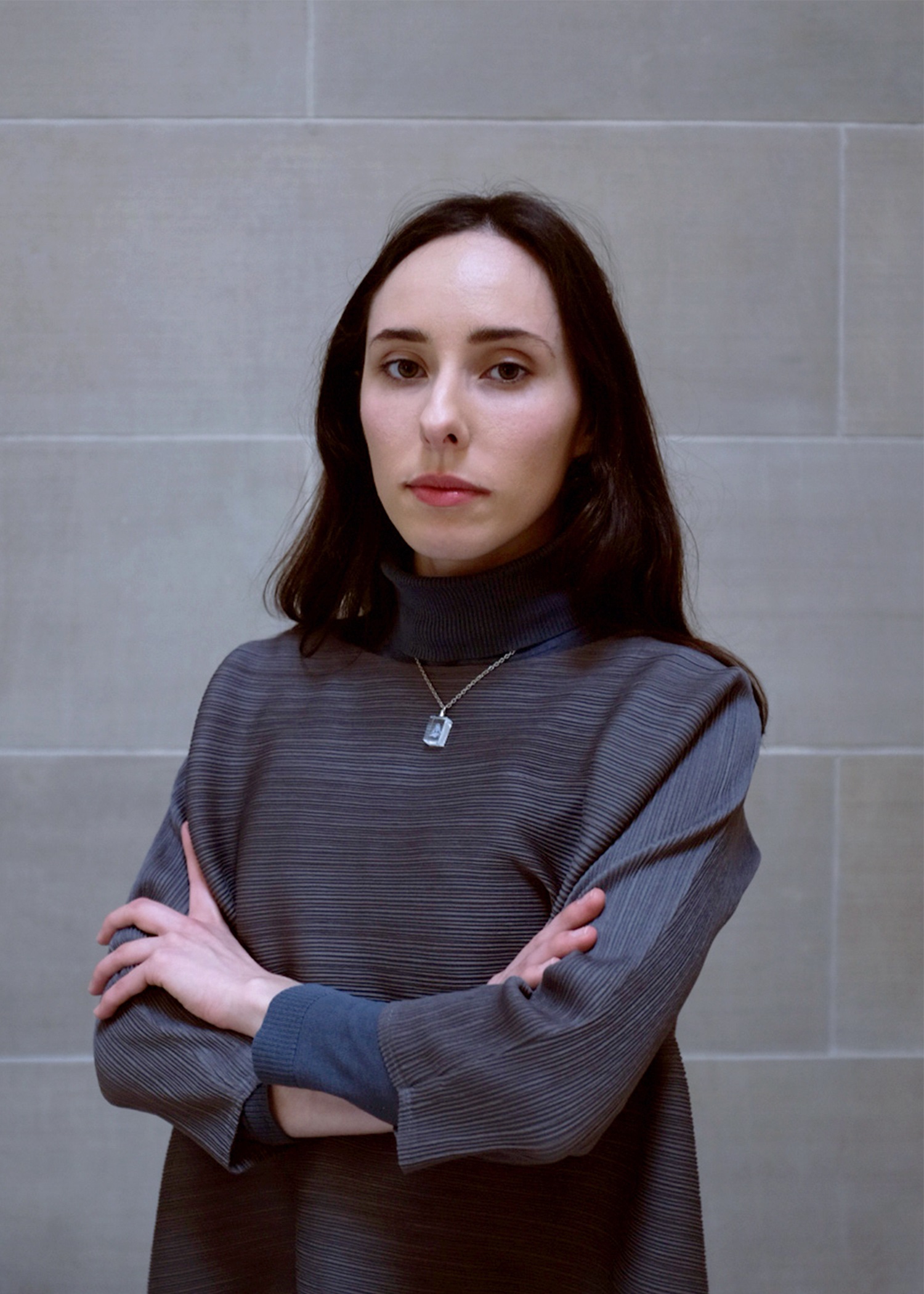
“The stories in Imaginary Museums are about how I’ve felt alienated from the world, and writing these stories—in addition to doing other things—helped me feel less alienated from the world.”
Nicolette Polek’s first book, a collection of stories titled Imaginary Museums, reminds me of a definition for “consciousness” that I learned recently, which is that it refers to how many possibilities a thing has, in terms of its future. The more possible futures a thing has, the more conscious—and unpredictable—it is. Trees—which are unpredictable in how they move their leaves and other parts, how they grow, when they die—are less conscious than dogs, and dogs less than people, who, going by this definition, are arguably more conscious now, in the twenty-first century, than ever before.
Imaginary Museums reminded me of this definition of consciousness because its characters seem extremely conscious—they seem to have a large amount of choices in terms of how they can move, feel, and think, moment to moment, day to day—and also because I feel like Nicolette herself experienced high levels of consciousness while writing these stories. She seemed to have given herself many formal and other choices. One story is like a prose poem. One is limited to one characters’ dialogue. One has many scenes set over weeks. One (“Field Notes”) felt to me like a text-based role-playing computer game of life.
Within each story, the perspective shifts from remote to near, outside to inside minds, outside to inside the stories, from a character to a bird, from characters’ emotions to their memories to various of their senses. The sentences and language also seemed unpredictable to me: “The mathematician redesigns her staircase so that some steps are very tall and some very short.” A story begins: “Annie was encouraged to take a painting class after the divorce. Annie painted scenes of herself in empty Arctic landscapes, with long, difficult shadows.” Tennis players on a TV screen in a bar “sound like little angry creatures, weirdly struggling.” Imaginary Museums to me was like Michael Earl Craig combined with Lorrie Moore and Kafka and a nature documentary. I interviewed Nicolette about her book online over months.
—Tao Lin
I. Falcons Fighting
THE BELIEVER: When did you start writing the stories in Imaginary Museums? How did the stories become a book?
NICOLETTE POLEK: The oldest story is five years old, the most recent is about ten months old. Once I began filing the stories into sections, it became a collection. I had...
You have reached your article limit
Sign up for a digital subscription and continue reading all new issues, plus our entire archives, for just $1.50/month.
Already a subscriber? Sign in




